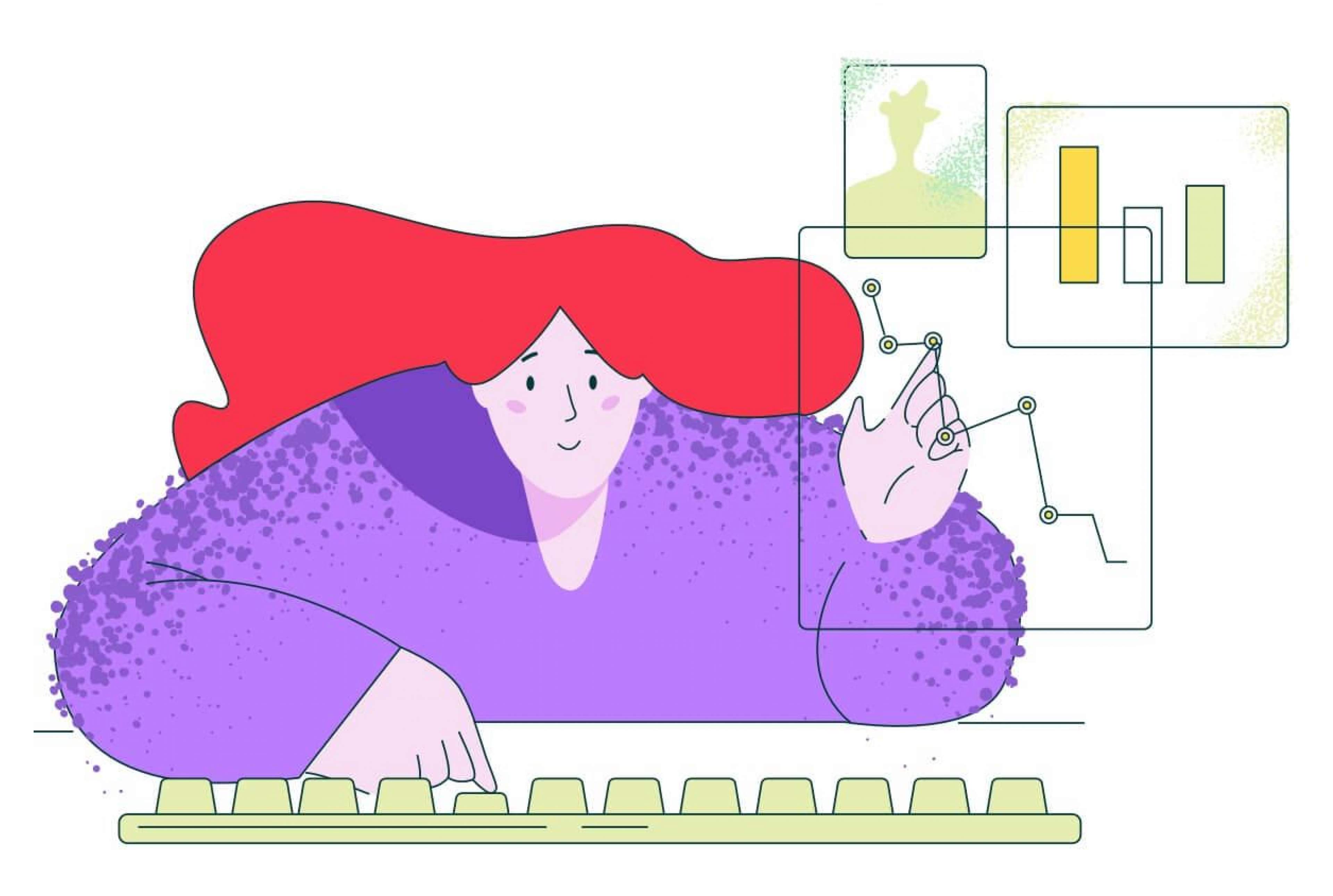When you test a product idea, the methods you use matter

Before we build, we work with our partner to define and test a product idea. It’s how we make sure we’re building the right thing. We already know we can build the thing right — we need to know if people will benefit from it when we do.
Often, our partner has an idea of what to build — the team knows the business and the market opportunities. It’s our job to put pressure on that idea, performing user research and getting the idea to a testable point.
Why do user research? To build products people love
But what if there are discrepancies in the user research? What if there are a few unknowns around the goals or use cases for this product idea? Concept testing can give us fast and focused insights from the target end user of a product. Before we dive into the best way to execute, we need to prove it’s the best idea.
Goals of using concept testing for product validation
Concept testing focuses the building process. It streamlines the areas where there isn’t consensus, making sure each part of a product adds value.
The goals of concept testing are:
- Test problem statements
- Test value — not design
- Prioritize features for an MVP
By meeting these goals you end the testing with a clear idea of what features will add value to the product.
AccuWeather incorporated user research at exactly the right time — when they had an idea of where to go but hadn’t yet started working toward it. Instead of pushing forward into the unknown, we were able to work together and use concept testing to define and validate user needs.
Concept testing can be a “how to” for validating a product idea
In the early stages of project, when we’re doing a design sprint or getting to know the business, subject matter experts across our partner’s team meet with our developers and designers to give us as many perspectives as possible. We need to understand the market they work in and the goals they have for working with us.
Concept testing lets us take those internal perspectives and test them externally. When the initial research and discussion of a project don’t yield clear-cut goals, concept testing helps give us guideposts. It also helps us prioritize any areas where the best option is unclear.
To do it, we start with the best ideas that came out of our initial research and discussions. That might look like building a signup page or running ads advertising the idea for the product. Can we get people to express interest before there’s anything to see?
See how we get actionable user research in a one-week sprint
Other times, we might be prioritizing features. The basic outline of an app can show proposed features, which users can rate on a scale from 1-5. That gives us a lean way to gauge support, and then we ask open-ended questions to gain valuable insight into why features work or don’t.
Product validation’s goal is value— not style
Concept testing is very similar to an A/B test model. It’s an idea validation tool to find out the best concepts for the work ahead of you — not the best look. Stylistically, all the variations should be the same, so you can purely test the concepts to learn what is most valuable.
Beautiful design can add to a great user experience, but only useful apps will become widely adopted. Keeping any flashy design elements out of concept testing will keep users focused on the features, not the look.
Concept testing focuses your goal and hones your product idea
The tools for finding what users want are best used in tandem. Concept testing fulfills an important step in the product development process between user research and usability testing. By placing concept testing between the two, it allows us to assess the value the idea offers as a whole.
Think of it as finding the right set of knives to turn raw ingredients into a multi-course meal. When partnering with a development team, you don’t need to have everything figured out beforehand. When you leave some features open to discussion, you make room for your users to inform what they need.
Published by Product Design in user experience

Let's shape your insights into experience-led data products together.


